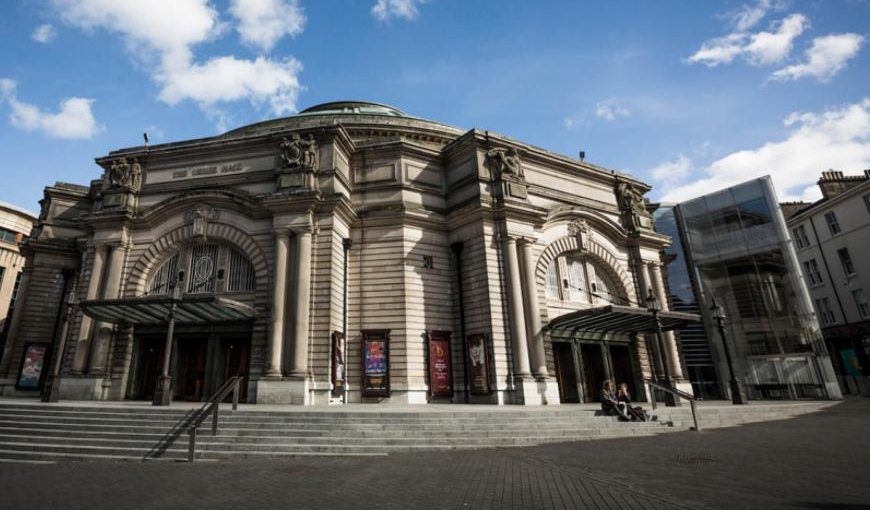
Program
Béla Bartókbio:
Romanian folk dances, Sz. 68, BB 76 – with the original folk dances
Piano Concerto No. 3 in E major, Sz. 119, BB 127
Seven Choruses with Orchestral Accompaniment, Sz. 103, BB 111
Zoltán Kodály:
Dances of Galánta
Featuring
Other information
The event is about 1.5 hours long.
About the event
The World’s Best in the Scottish Capital! The BFO, listed among the world’s top ten orchestras by BBC Music Magazine will give a concert together with the National Youth Choir of Scotland, called one of the world’s best choirs by conductor Donald Runnicles, featuring also London-based piano legend Sir András Schiff knighted by Queen Elizabeth II in 2014 for his accomplishments in music. The program will include pieces by the two most important figures of Hungarian classical and folk music: Béla Bartók and Zoltán Kodály. The original melodies of the Romanian Folk Dances, this time also played on folk instruments, will be followed by Bartók’s unfinished piano concerto, composed in the last months of his life. After the interval, following the folk song adaptations for choir, the finale will be one of the most famous orchestral dance-suites of Kodály.
In 1915, Bartók chose seven violin and flute melodies from those he had collected in Romania, and wove them together first as parts of a piano cycle and two years later as an orchestral piece. The last of the Romanian Folk Dances incorporates two melodies, so the piece has six movements in total. However, because the last two are played without any pause in between, it is also referred to as Five Romanian Dances. The opening Stick Dance is, according to the composer, “usually danced by a young lad who supposedly can jump high enough to kick the ceiling.” The playful round dance entitled Sash Dance is followed by the mysterious “In One Spot,” before moving on to an odd-meter oriental tune, the “Dance from Bucsum” (the Horn Dance). The piece concludes with the Romanian Polka, of various time signatures, and the virtuoso Fast Dance.
The intensive, almost aggressive sound of his earlier works gives way to mellowness in Piano Concerto No. 3 with the dedicatee, his wife, Ditta Pásztory, in the composer’s mind; here Bartók returned to more traditional tones and forms. Evoking the atmosphere of the woods, and intoning the verbunkos (recruiting dance), the improvisatory first movement is followed by Bartók’s most sincere, most moving music: a religious, chorale-style song, the prayer of the composer on a better day of his illness. The dynamic and joyous Finale is of a folk song character.
In 1935, Bartók needed some motivation to find his own voice in chorus literature. Encouraged by Kodály and as a result of enthusiastically studying the art of the Renaissance composer, Palestrina, he eventually composed Twenty-Seven Choruses, for two and three parts for children’s and female voices. Bartók used the texts of folk songs as a basis, but when the music called for it, he would alter words or sentences. The sound is rather complex: the simple harmonies of folk music meet Bartókian dissonance and tightly woven Renaissance polyphony. This time, Hussar, Wandering, Loafer, the painful Only Tell Me and Don’t Leave Me and the playful Breadbaking and Mocking of Youth will be performed.
“The composer spent the seven most wonderful years of his childhood in Galánta”, Kodály wrote in the preface to his piece, Dances of Galánta. It was thanks to his station-master father that Kodály could hear the melodies used in the piece, as his father was the reason why the family moved to Galánta. The piece where Kodály elaborated the melodies from his childhood was composed in 1933 for the 80th anniversary of the Budapest Philharmonic Society. The composition in rondo form is dominated by verbunkos music: the richly orchestrated (just think of the piccolo-bassoon duet) piece conjures up a verbunkos dance “stepping solemnly”, a jumping dance, a bagpipe song, a village crowd and a cheerful tipsy man.
